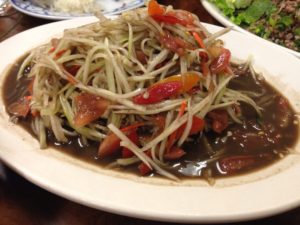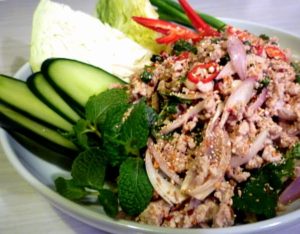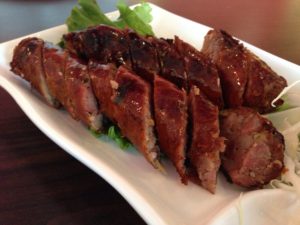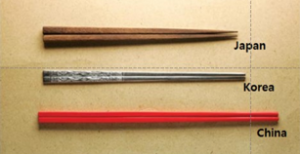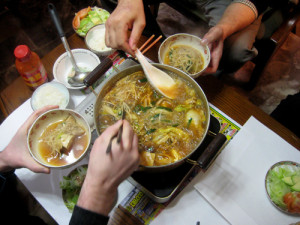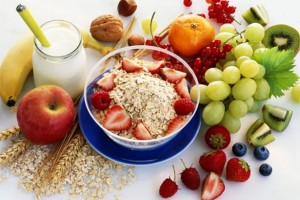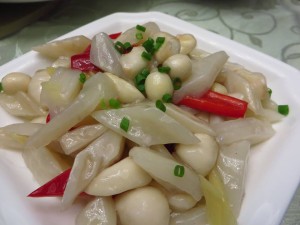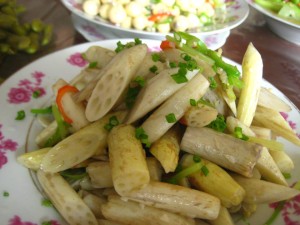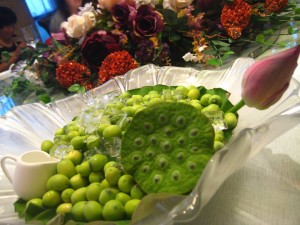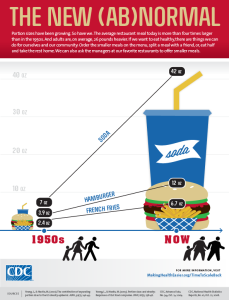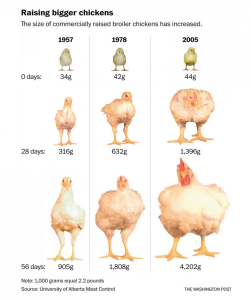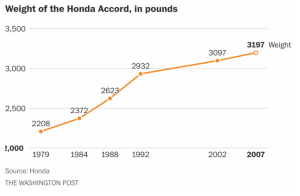
The main focus of the Asian diet is to create wellness. This I believe is the best medicine. By practicing these diet habits you will see improvement in your overall health. We all know:
“Health is not simply the absence of sickness.” — Hannah Green
This top 10 list serves up healthier habits, better nutrition and enhanced immune function. This top 10 list has been perfected and practiced for centuries.
To paraphrase Sun Simiao, the great Chinese physician in the sixth century, one wastes the skill of a great physician if one does not first consider the food he or she are eating. This is still true today. Consider also when you eat and how you eat as you read these 10 Asian diet habits.
#1. Limit Drinks, Especially Cold Drinks With Meals
Americans have a bad habit of drinking a cold glass of water or soda with meals. Changing this habit alone will create better digestion of food. Limit fluid intake with your meals and you will stop diluting your digestive enzymes which are so important for proper digestion. Green tea or other hot teas before a meal supports enzymatic activity and helps enhance your digestive abilities. It’s best to add liquids 30 minutes before or after meals, not during.
#2. Have Soup Often
Soup is a nutrient dense food and fills you up quickly. You don’t need much, just a half cup is beneficial. Most Asian soups are made with bones and/or combinations of vegetables so you’re getting lots of vitamins and minerals even with a small portion. Whether it is bone broth soup, vegetable or miso, soups are rich in vitamins and minerals and easily absorbed. Secondly, but equally important is that the warm temperature of soup (like tea) can improve the entire digestive process.
#3. Eat a 3:1 Ratio Vegetables to Meat
3:1 means three times the amount of vegetables to the amount of meat. The meat and potato American diet does not make much room for vegetables on the plate. In fact, the favorite American vegetable, potatoes, (i.e., French fries) should be replaced with sweet potatoes if you absolutely can’t live without that starch. Better still, consider vegetables with bitter flavors. Give radishes, radicchio and bitter melon a spot on your plate.
#4. Small Plates and Chopsticks
Small serving bowls and small plates are a great way to eat smaller portions. I love to mix up attractive small plates and bowls in different shapes and sizes. Not only is it aesthetically pleasing to eat from these but it helps you eat smaller portions. Chopsticks are an easy way to avoid the shovel techniques of eating. For the average American inexperienced chopstick user, they are guaranteed to slow down your rate of consumption and give your stomach time to send the message to your brain that you’re full and it’s time to stop eating.
#5. Rice Combining
Rice combinations like black, brown, red, or even purple rice are nutritionally denser than white or brown alone. (The best is unpolished/less processed rice, because it is rich in B vitamins.) Rice is eaten to supplement the meal in Asia, not a main course. Rice has always been a popular carbohydrate, cheap to grow and easy to transport and store. But as a carbohydrate it is converted into sugar during the digestive process. This means it can cause a dramatic effect in our glycemic index. This is good for fast energy, but bad if you want to avoid blood sugar fluctuations and bad for those who are diabetic or pre-diabetic. Rice combinations are less starchy therefore less sugar conversion and lower in calories.
#6. Not Every Night Is Dessert Night
My kids will tell you from the time they were very little if they asked about dessert, my standard answer was “tonight is not dessert night.” Admittedly, this didn’t work so well past the age of 7, but it’s still a great rule of thumb. If you must have dessert make it fruit. Fruit is nutritious and delicious and a common Asian dessert. Cut and serve it up in a fun and interesting way to make it that much more exciting. Sugary cakes, cookies and ice cream can be for special celebrations only.
#7. Seafood — See Food Differently
No need to repeat what we already know. Research supports this common Asian diet practice of eating fish daily. We’ve heard all about the healthy oils from fish. Fish has always been part of man’s diet nearly everywhere in the world, not just Asia. But the Asian culture has kept this part of their heritage alive better than most.
#8. Asian Snacks are Healthier
Take a look at what Asians eat for snacks and compare it with the American chips and cookies and you’ll understand part of the reason Americans are so overweight and Asians are not. Choose seaweed snacks, nuts, dried fruit and seeds. I love pumpkin and sunflower seeds. All are easy to find in nearly every market. These healthy snacks are packed full of micro-nutrients, vitamins and minerals and the choices are limitless. One caveat, do watch out for the salt content of nuts. Raw is preferred but admittedly not as tasty as salted. If you really want the salt, try “lightly salted” versions.
#9. Optimize Food Temperatures With Seasons
Energetic temperatures of foods should not be overlooked. Eat warming foods in cold weather and cooling foods in hot weather. This common-sense rule of thumb is barely spoken in Asia because it’s simply practiced. Cold drinks and cold foods such celery, melons and cold salads are not eaten in the middle of winter. Hot soups and stews with meat are preferred because this is what the body needs in cold weather. A hot summer day is the perfect time for watermelon or a cooling drink made with aloe and cucumber. Every food has an energetic temperature and acts on the body accordingly. Eating the right temperature foods during the various season of the year is an important part of a healthy diet.
#10. Avoid Cow’s Milk and Milk Combining
Milk combines horribly with just about everything, while supplying vastly too much calcium and not enough magnesium. Cow’s milk is completely absent in Asian diets. Other cultures such as Jewish kosher rules recognized thousands of years ago that milk products should be eaten apart from other foods. If you just can’t give up cow’s milk, at the very least don’t ignore the tenet of food combining. Combining the wrong foods, i.e., dairy, slows down gut motility to a snail’s pace, the exact opposite of what is best for healthy digestion. Replacements for cow’s milk are easier than ever today with the arrival of convenient cartons of almond, coconut, rice or organic soy milk.
That’s 10, but if you would like just one more Asian diet tip there is one that the previous 10 helped create. #11 is regular bowel movements. Healthy eating and good digestion create healthy bowel movements and a healthy gut is a clean gut. Although often not talked about in the S.A.D. Standard American Diet, a minimum of one bowel movement a day is an absolute necessity. So much of our immune system is dependent on our gut health and this is one reason proper digestion is key to optimizing our health and wellness. This is our body’s natural detox method and the last on this list of Asian diet tips.
Original article link here.

